Home Front
As the war stretched on, thousands of women at home in Australia supported the war effort by volunteering for patriotic fundraising activities. Others, ardent pacifists, became active campaigners against conscription.
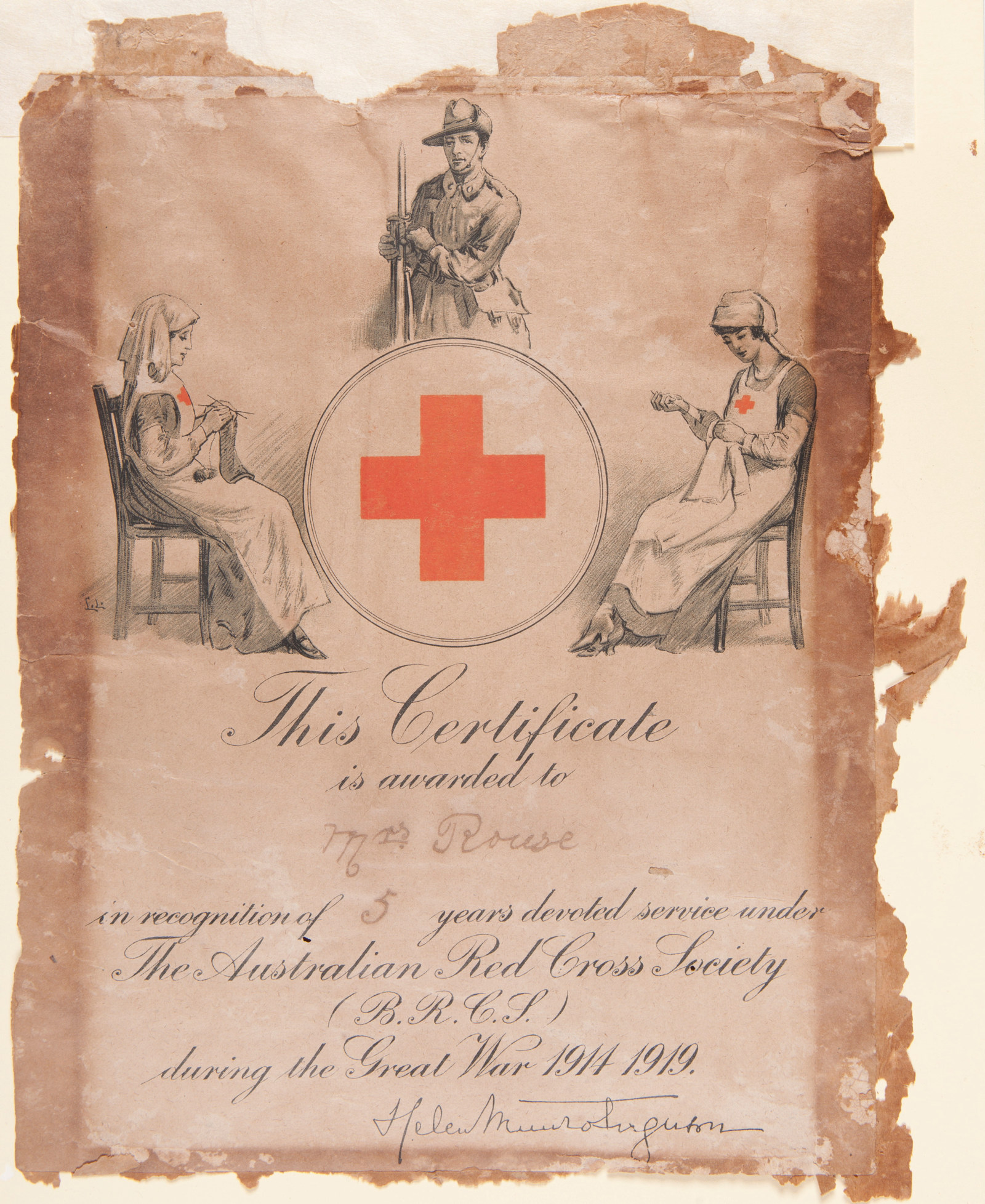
WW1
Bessie Rouse and the Kellyville-Rouse Hill Red Cross
Eliza Ann Rouse, affectionately known as Bessie, mistress of Rouse Hill House, was in her early seventies when war was declared in August 1914
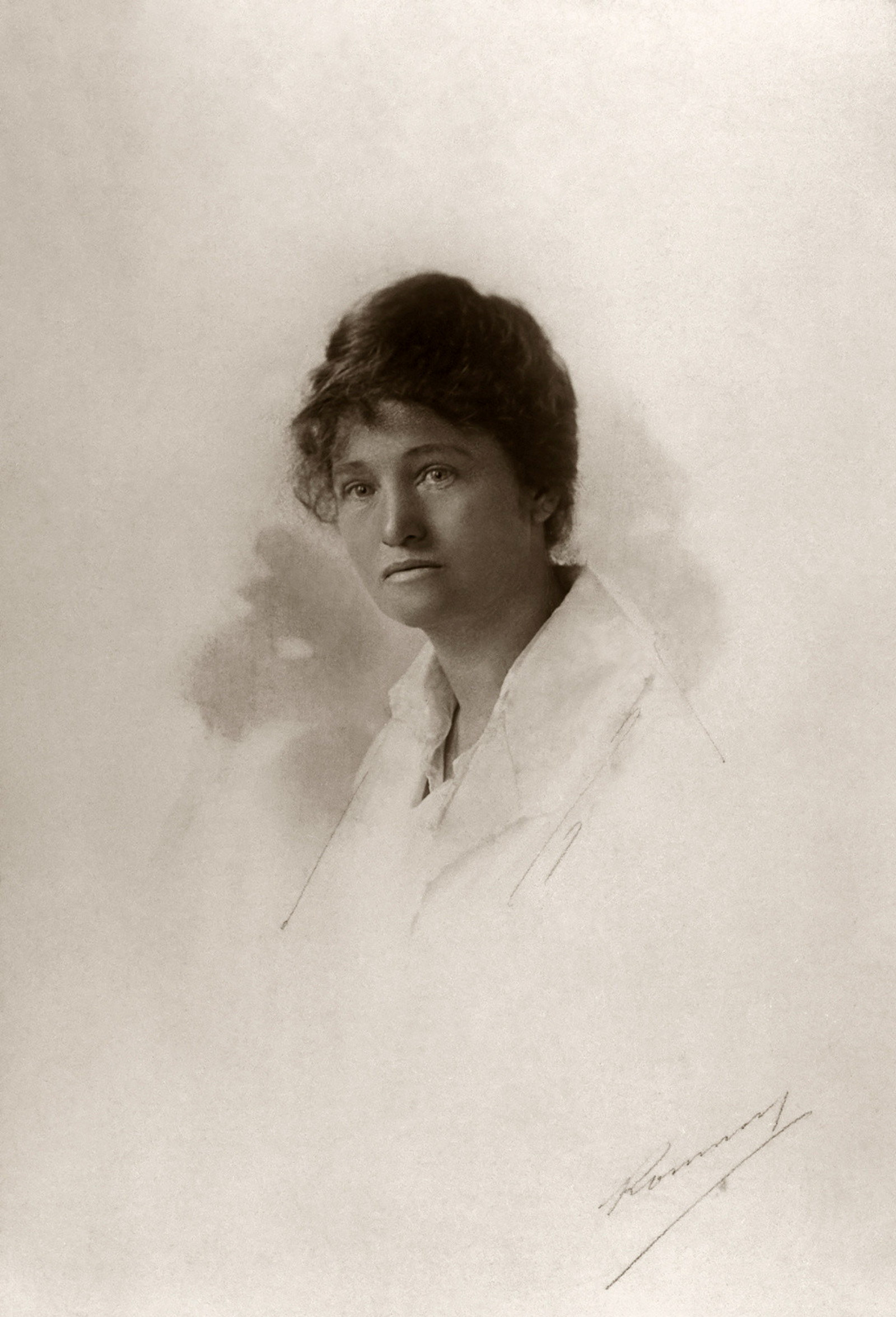
WW1
Isabel Swann: the Women’s Peace Army & free speech
An ardent peace activist, an anti-conscription campaigner and defender of free speech
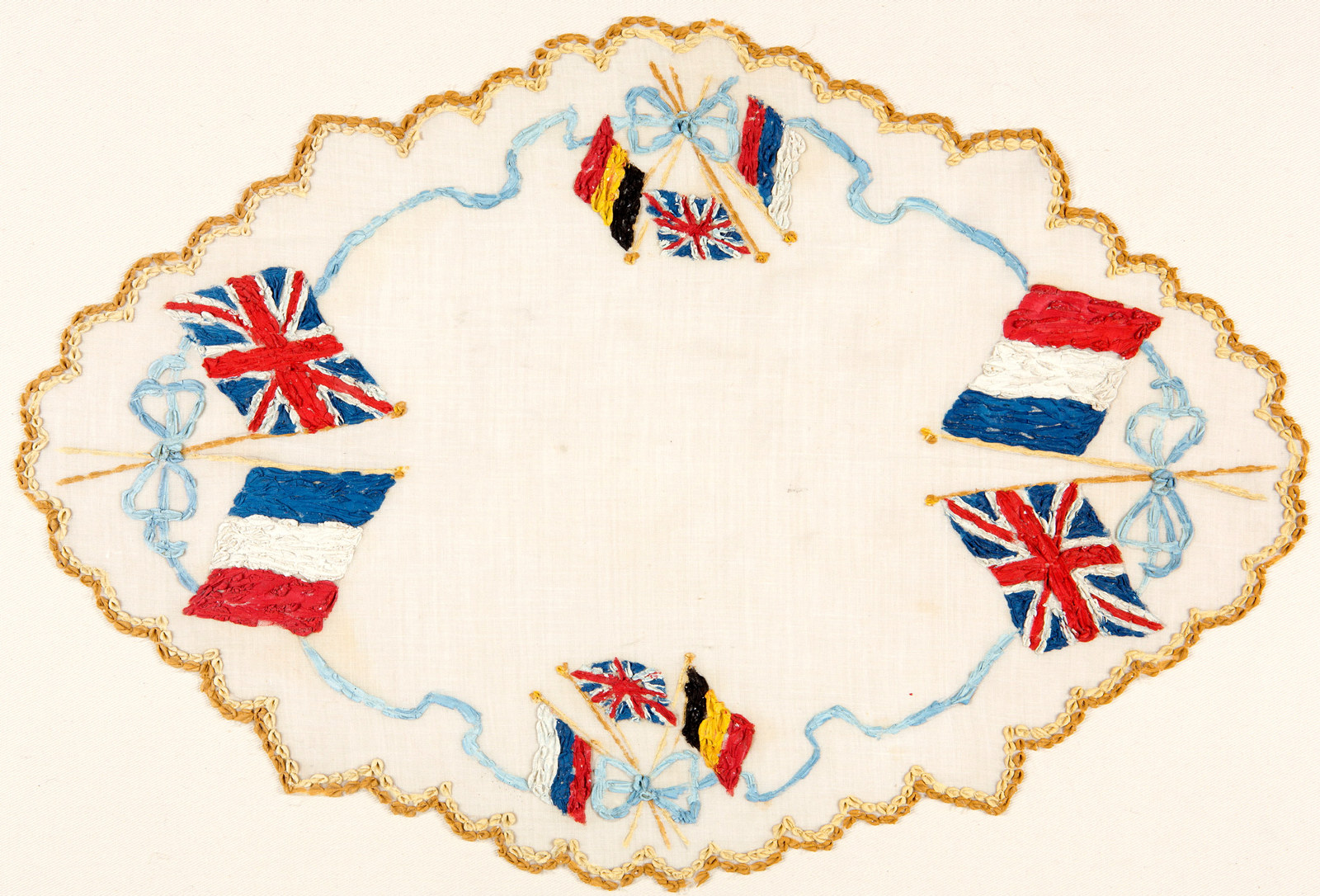
WW1
Patriotic fundraising
Within days of the declaration of war in August 1914 a vast civilian ‘army’ of voluntary workers began to mobilise to support the war effort
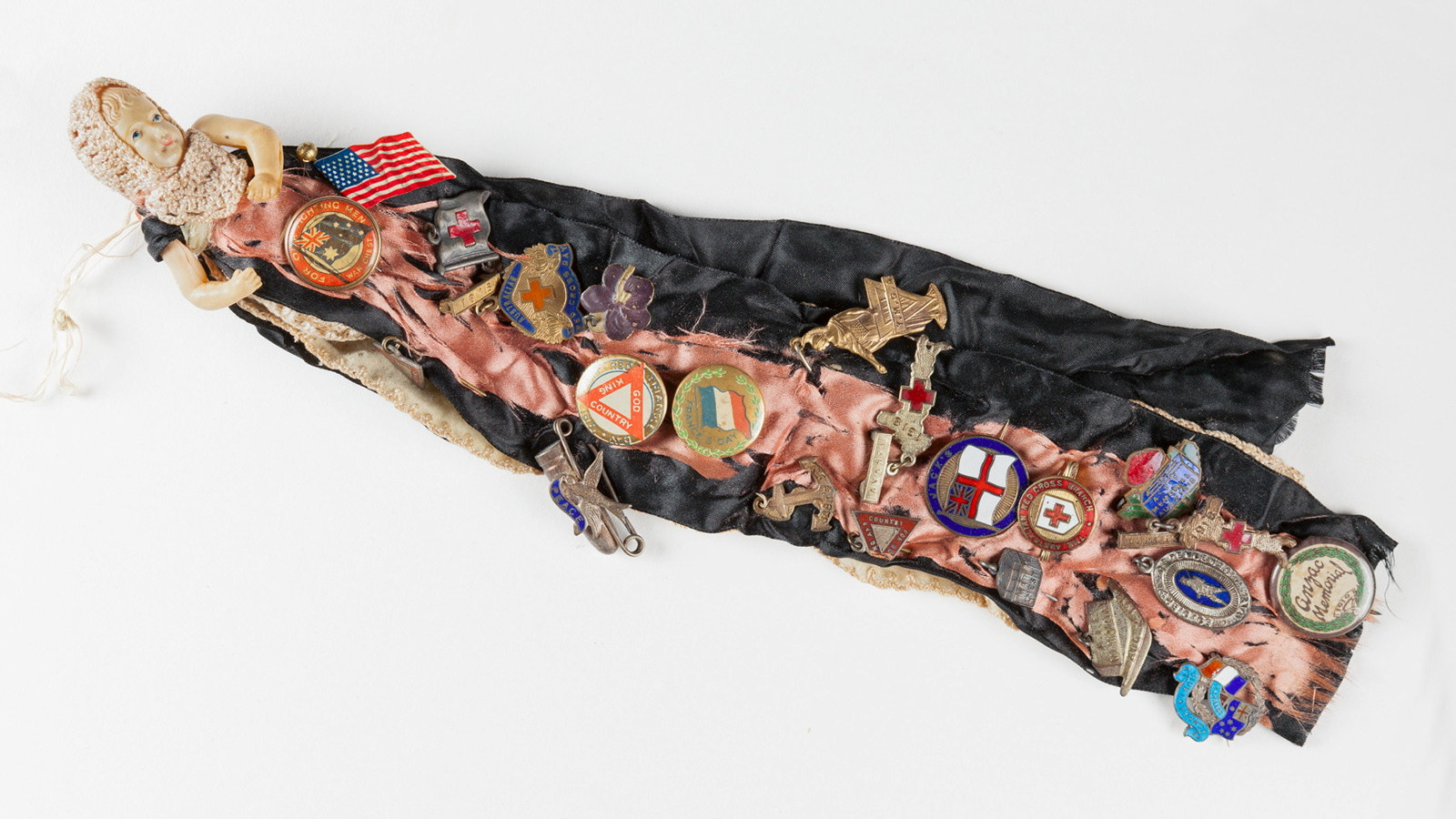
WW1
A patriotic fundraising memento
This tiny celluloid doll, just 10 centimetres in height and clothed in panels of ribbon, is showing her age
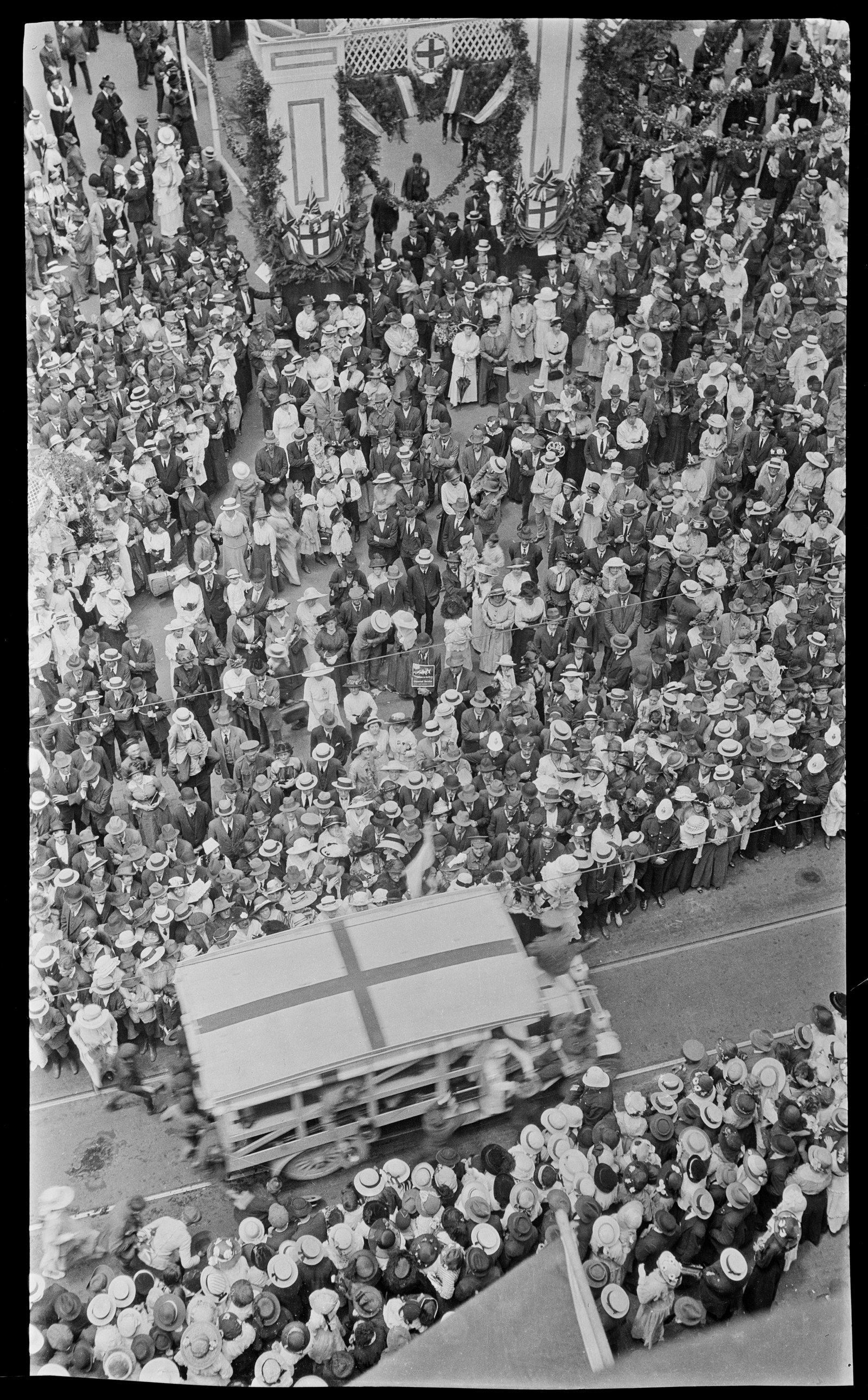
WW1
Allies’ Day 1915
On Friday 19 November 1915 a huge crowd gathered in Sydney’s Martin Place for a carnival, styled the ‘Festival of the Allied nations’, aimed at raising money for the relief of Britain’s allies in the war
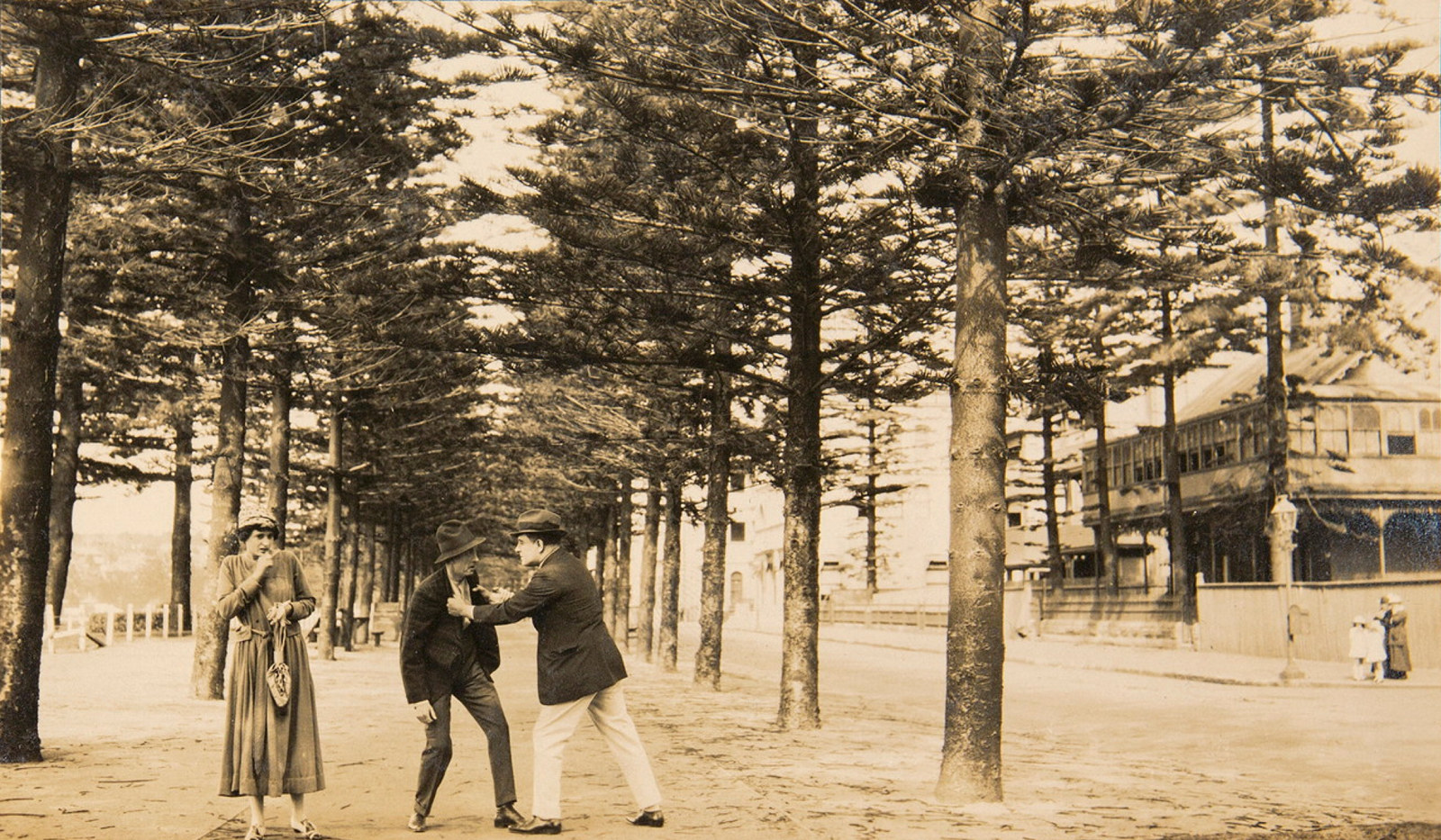
WW1
Cupid camouflaged: a Red Cross silent movie
Cupid camouflaged is a lost film from the era of Australian silent movies, and was produced in 1918 as a fundraiser for the war work of the Australian Red Cross
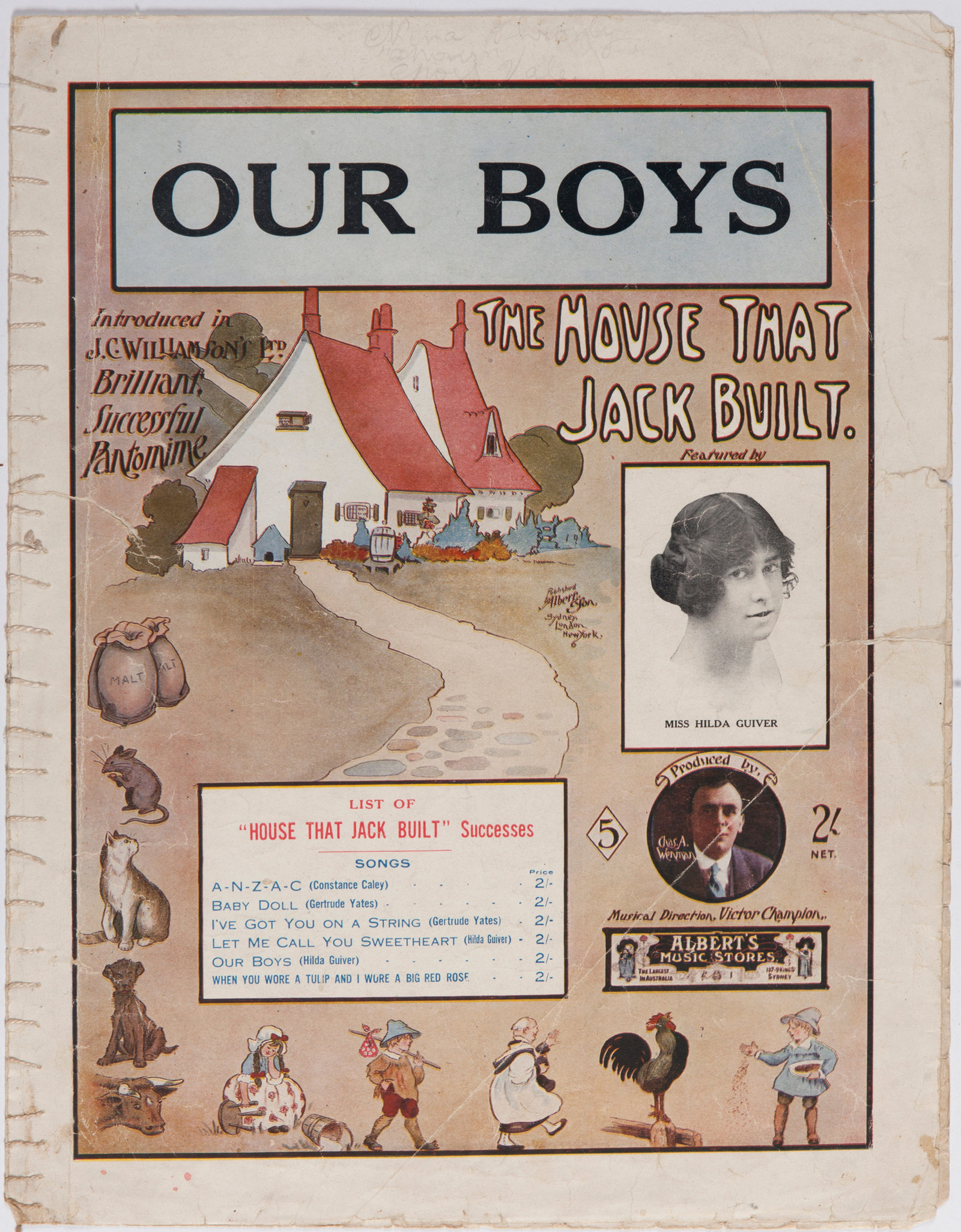
WW1
Our Boys: patriotic sheet music
The song, written by a young Sydney woman named Evelyn Greig, was one of more than 500 patriotic songs published in Australia during World War I
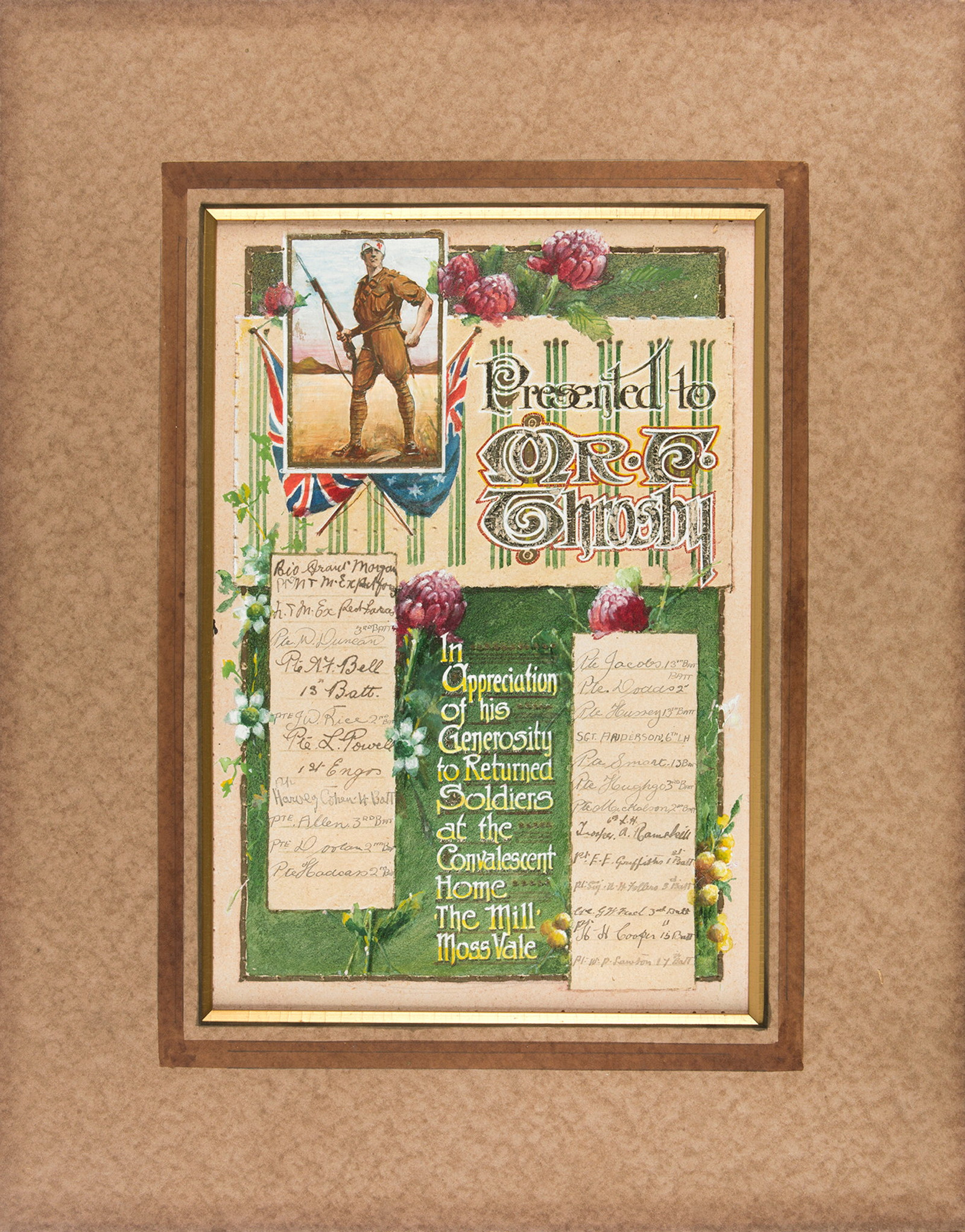
WW1
Red Cross Convalescent Home at Moss Vale
‘The Mill’, an old Throsby family property at Moss Vale in the Southern Highlands of NSW, opened as a Red Cross convalescent home in late January 1916
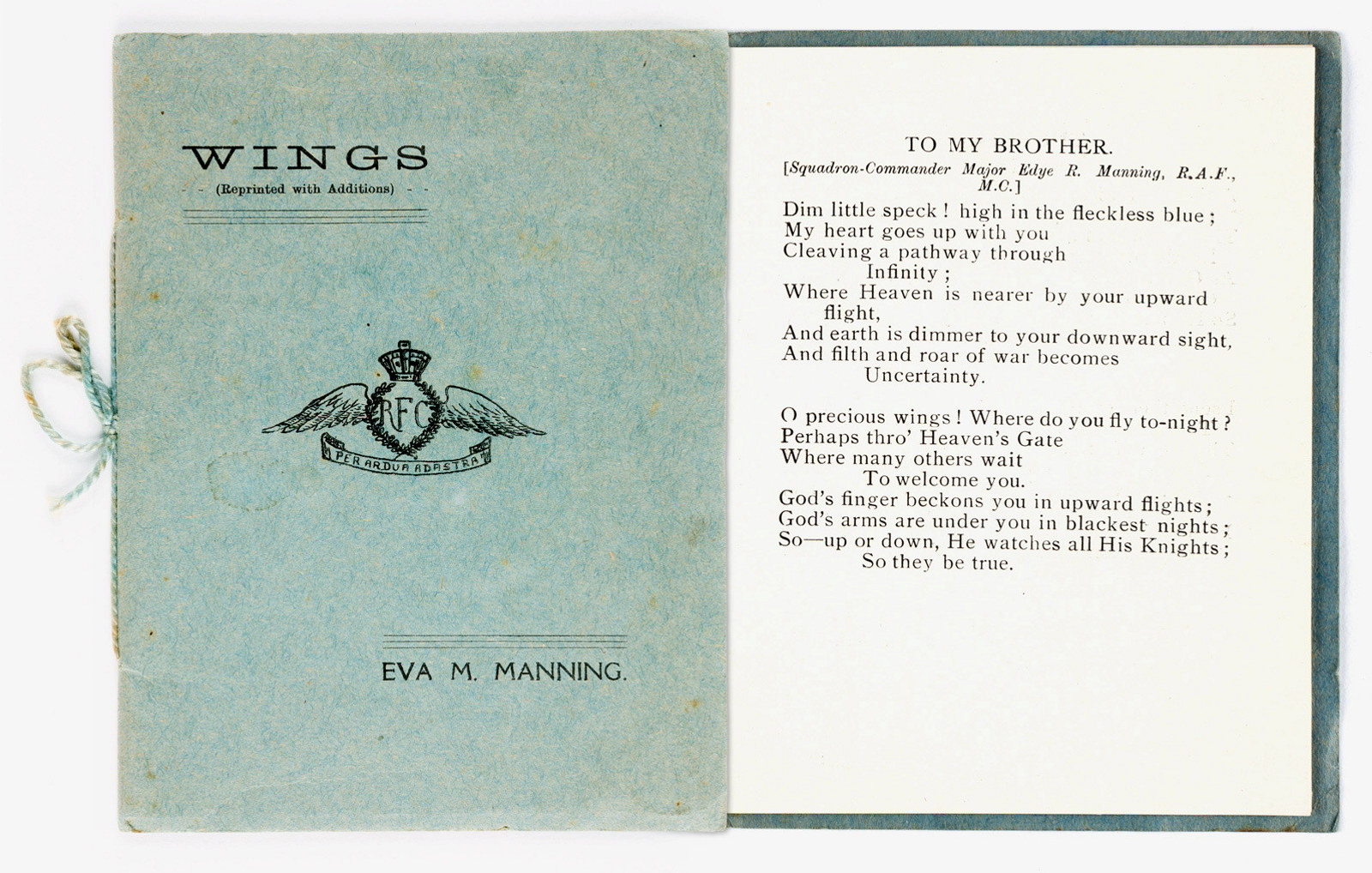
WW1
Patriotic verse: ‘Wings’ by Eva Manning
In the collection at Rouse Hill Estate there are four copies of Wings, a little booklet of patriotic verse written by a schoolteacher named Eva Marion Manning

WW1
Red Cross tearoom at Vaucluse House
On 2 October 1918 the Sydney Mail published a photograph of a Red Cross worker amid the wisteria of Vaucluse House
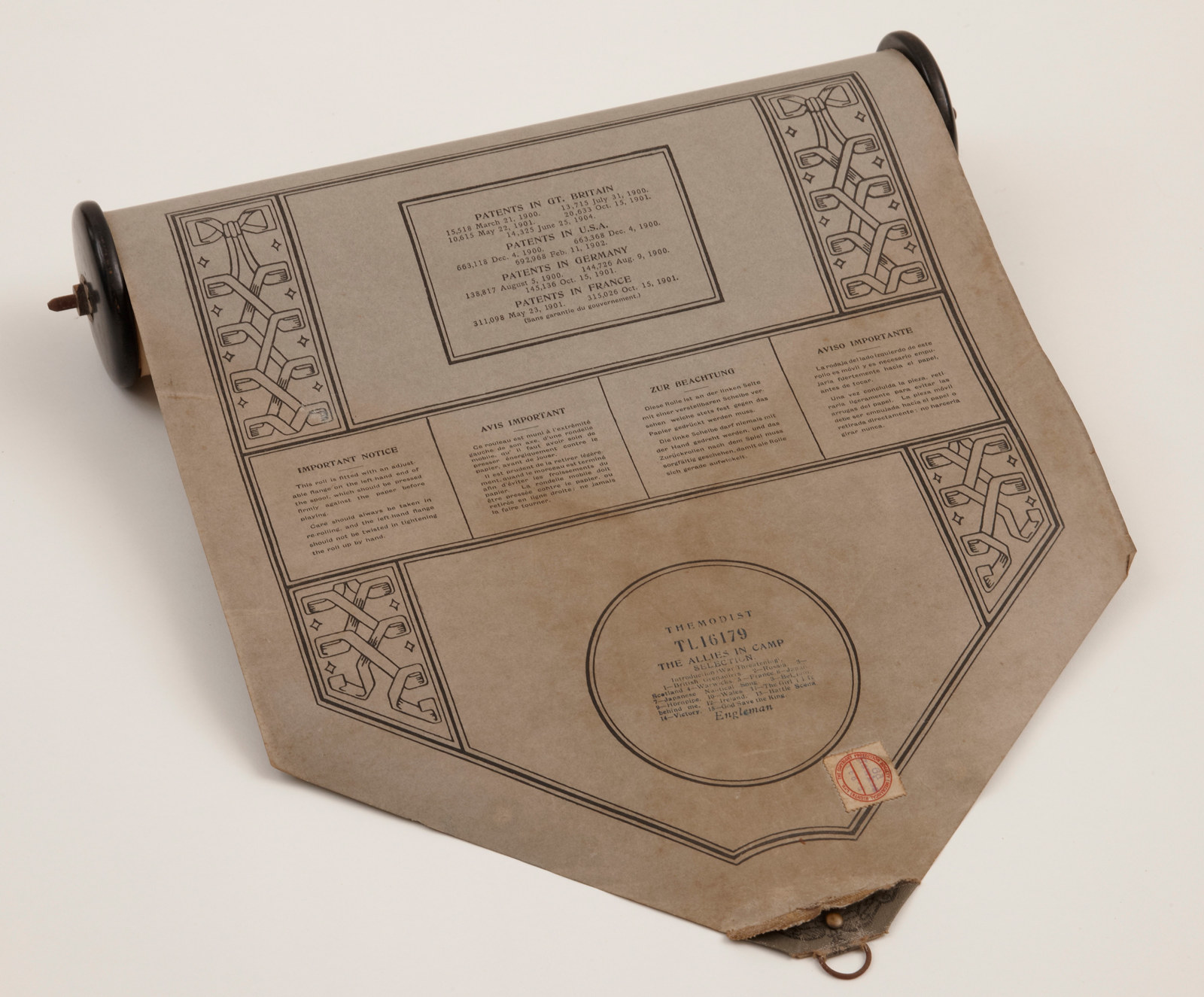
WW1
The Allies in camp music roll
Rouse Hill house boasts a fine pianola, a player piano, which came into the house just a few years before the outbreak of World War I
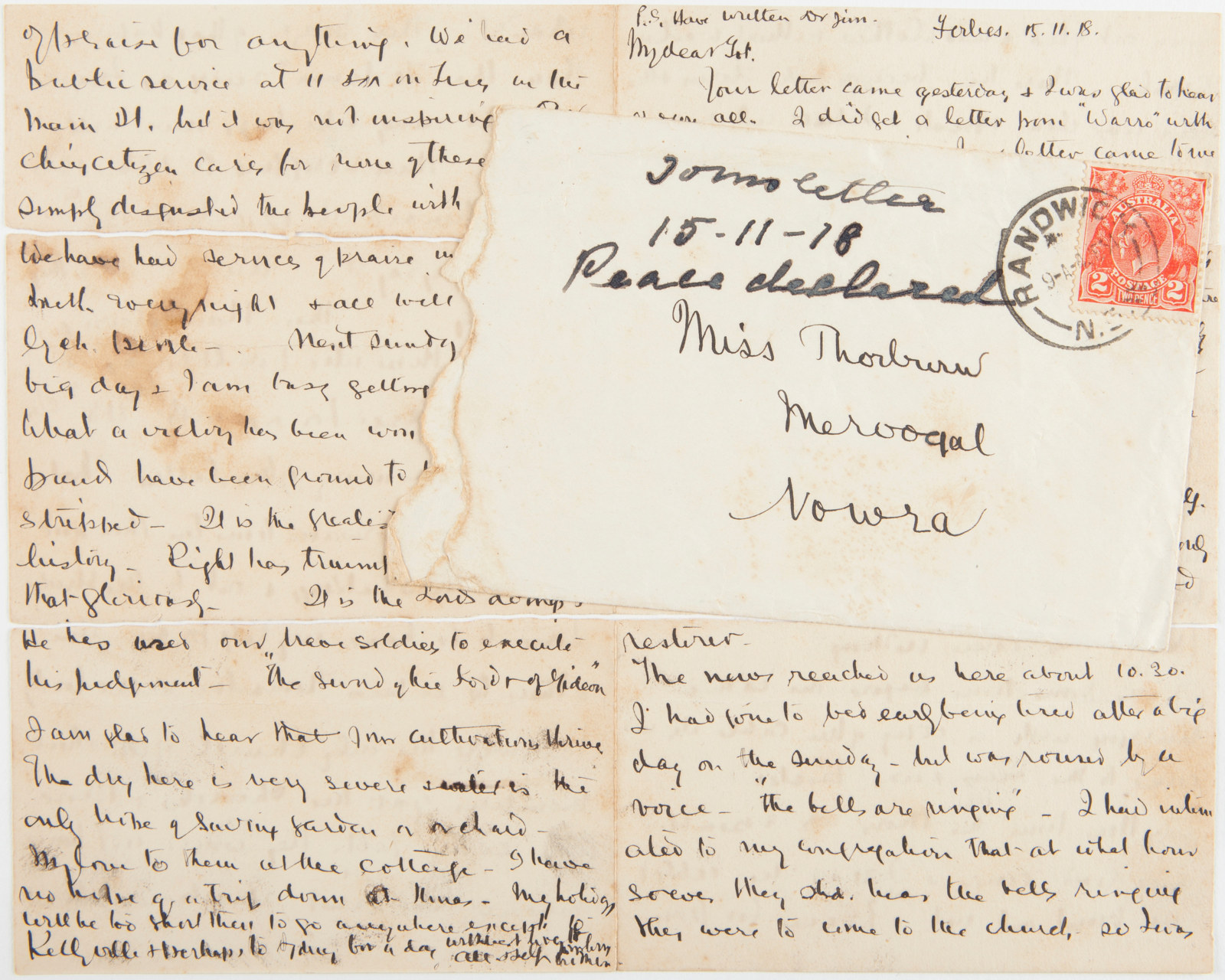
WW1
The bells are ringing
In early November 1918, Australians knew that the end of World War I was imminent and that an armistice was about to be signed between Germany and the Allies
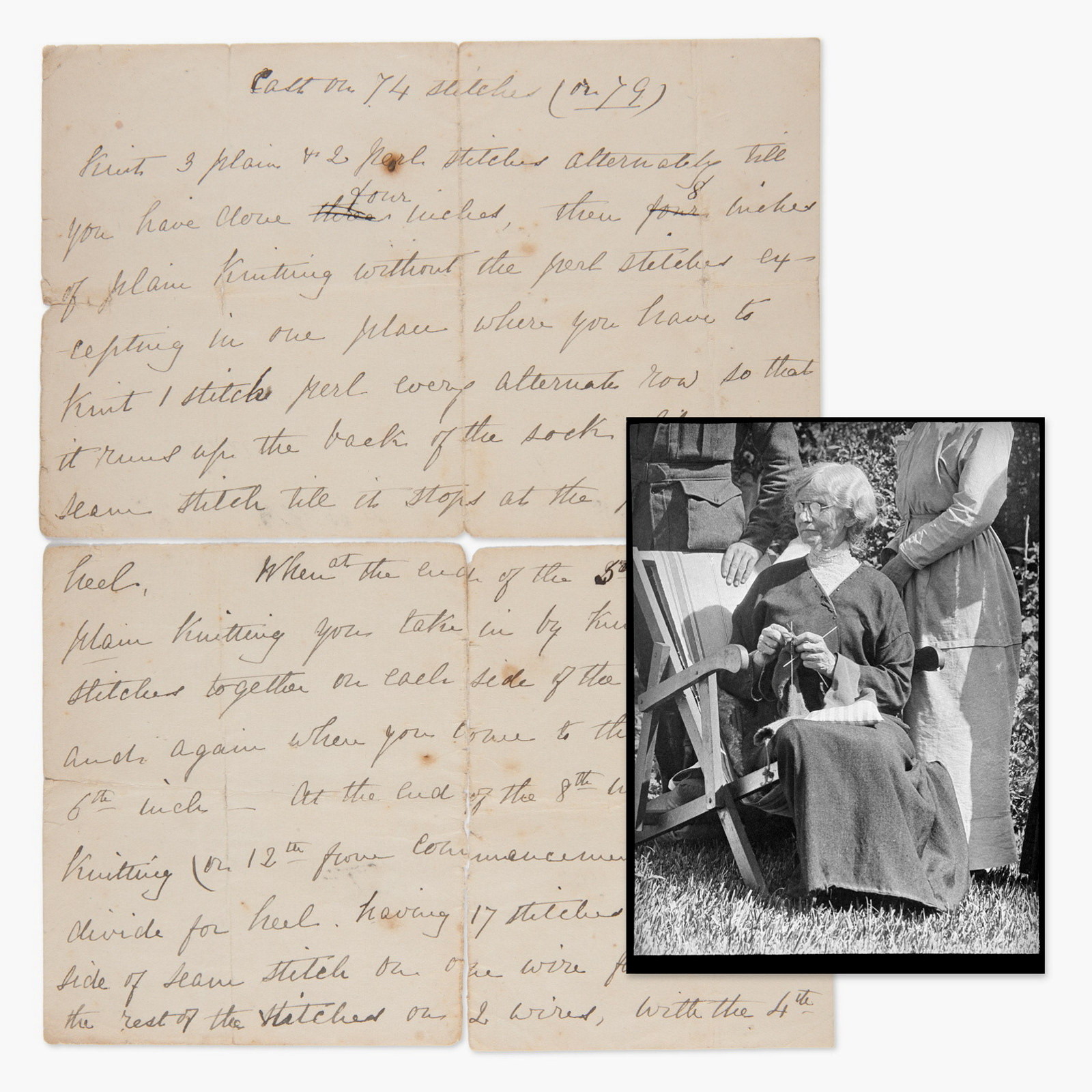
WW1
The sock knitter: Belle Thorburn
For soldiers in the trenches of wartime Europe, a pair of hand-knitted socks was more than just a comfort from home
Published on
More
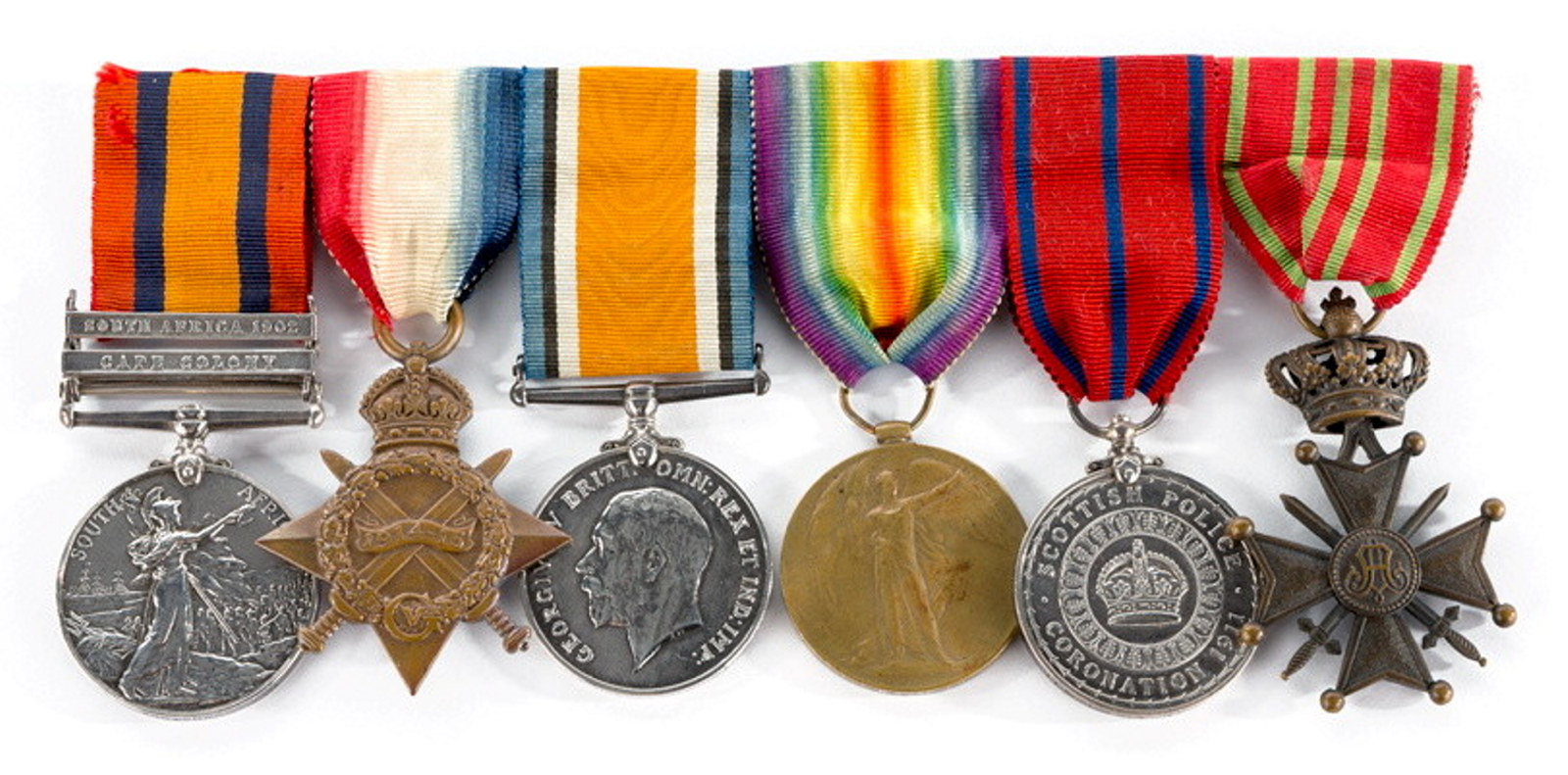
WW1
War Service
From the shores of Gallipoli to the sprawling Western Front, the stories told here reveal the powerful war experiences of ordinary soldiers. Some were decorated for bravery in the field, while others made the ultimate sacrifice

WW1
Enemy Within?
These stories explore the threat to Australia from within, from the identification of a section of the population as ‘enemy aliens’ to the formation of the jingoistic Anti-German League, and the radical ideology and activities of the Industrial Workers of the World (IWW)
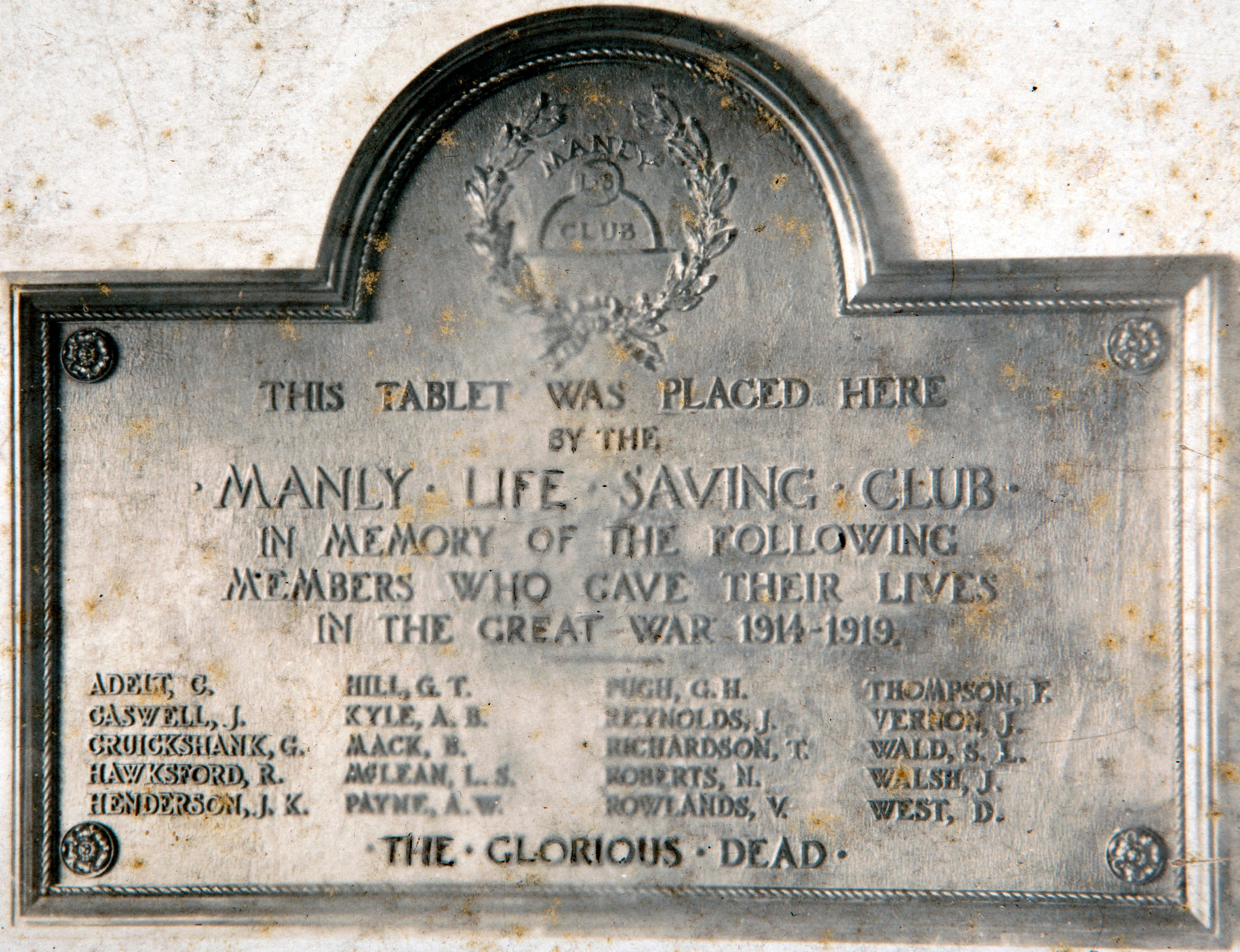
WW1
Commemoration
Hear the poignant personal stories behind battlefield grave markers in Egypt, France and Gallipoli, as well as the stories behind workplace honour rolls, one of the most common, but often hidden, forms of war memorial in Australia